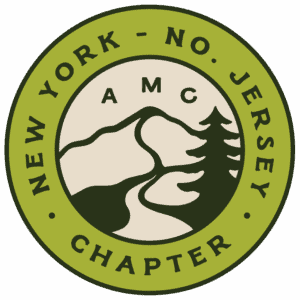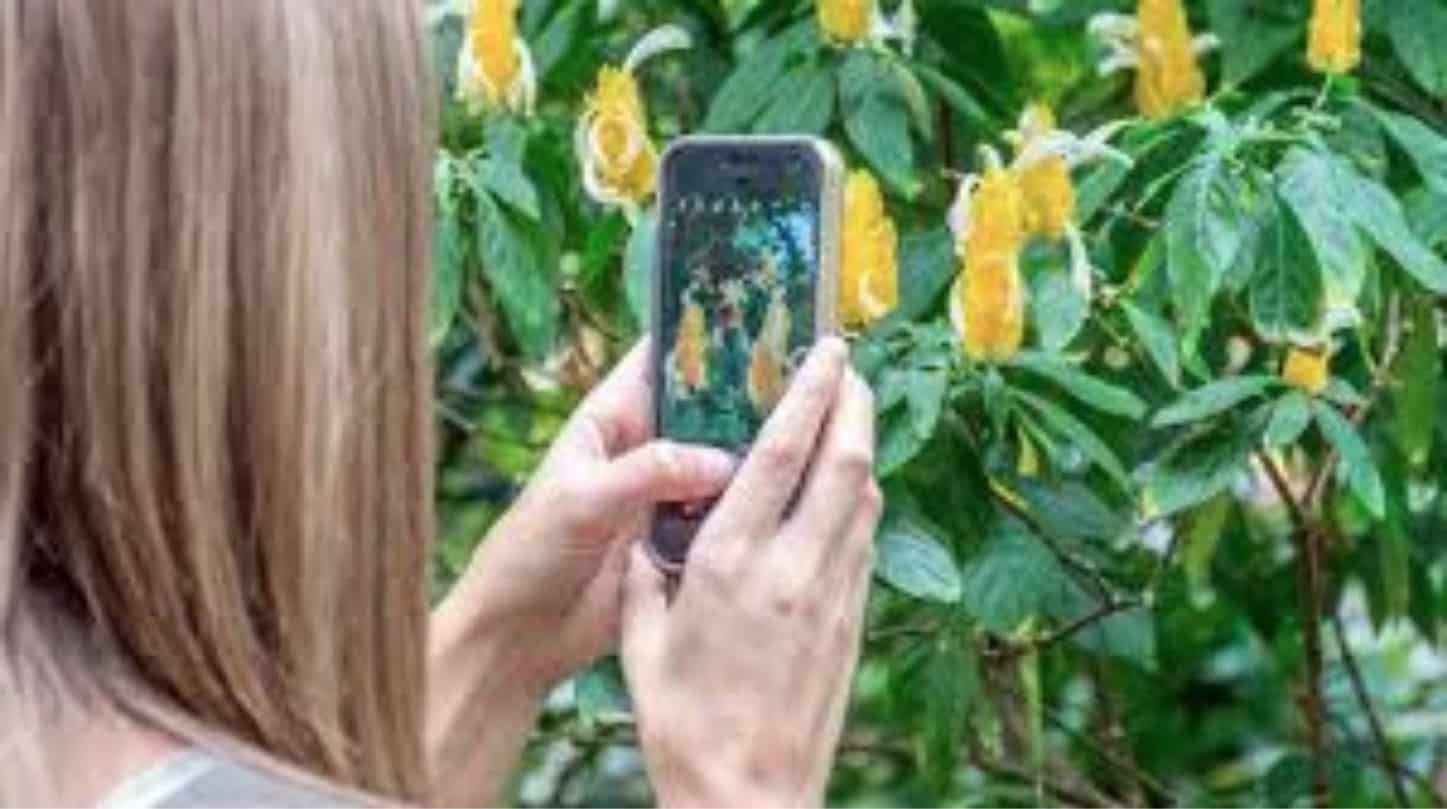Community Science
Put your love of the outdoors to good use by becoming a trained observer for AMC! The term “community science” describes projects in which volunteers partner with scientists directly, or contribute to projects developed and used by scientists, to answer real-world questions. Many projects use phone apps to record data real-time, in the field. Some projects use apps developed specifically for that project, others use an app that can be used to support many different projects.
The AMC and many other organizations organize community science projects, sometimes jointly. We use the term “community science” rather than “citizen science” to reflect our values.
How you can get involved in community science with AMC
AMC’s scientists could use your help with projects that you can do from the New York-North Jersey area:
Study flowers and fauna in Harriman State Park
If you are spending a weekend at Corman AMC Harriman Outdoor Center, or just spending a day hiking in Harriman State Park, you can help scientists by taking and submitting photographs. Join the AMC in monitoring the plants and animals of Harriman State Park. All plants and animal observations are welcome and if you add them to iNaturalist, they will be available for scientific study.
Join the Global Amphibian Blitz!
Amphibians are amazing! The diversity of their shapes, sizes, colors, and behaviors are absolutely extraordinary! The Global Amphibian Blitz (GAB) not only showcases that diversity, but more importantly it helps researchers, conservationists, and concerned global citizens share information and move forward actions that conserve these incredible amphibians around the world.
Other Ways You Can Help the Environment
Start Composting
According to a 2018 EPA study on municipal solid waste, 63.13 million tons of food is waste. Of that, 56% by weight goes into landfill and only 4.1% by weight is composted. Food waste in landfills produces methane, a greenhouse gas which is a contributor to climate change. As with any waste, disposal in a landfill should be the last resort (not all organic food waste is compostable). Reducing the amount of residential food scraps that go into landfills is very easy:
- buy only what is needed (reduce)
- save leftovers (reuse)
- compost (recycle)
Composting can be done in several ways – homeowners can compost in their backyard, apartment dwellers can compost in their home. Composting can also be done by taking food scraps to a composting collection center, or arranging for periodic pickup.
For information on how to compost, both indoors and outdoors use your favorite search engine to find sources on the web.
Some sources for waste drop-off or pickup for composting are
Your Compost Lifestyle with Earth Matter, Marisa DeDominicis and Andrea Lieske describe how Earth Matter successfully manages a food and waste operation. They also demonstrate how you can make composting a part of your life, whether in your backyard or in your apartment.
Learn How to Leave No Trace
You’ve probably heard the phrases “Carry In, Carry Out” or “Take only photographs, leave only footprints”. They’re part of the larger Leave No Trace movement that you can join! The AMC partners with the Leave No Trace Center for Outdoor Ethics to provide several different workshops and courses, from basic awareness to Master Educator. Start now by taking an online 45-minute awareness course.
Support Clean Transportation Solutions
 The Transportation and Climate Initiative (TCI) is a collaborative program of several northeastern and mid-Atlantic states and the District of Columbia. Its purpose is to develop the clean energy economy by coordinating policies and programs among the jurisdictions that will improve the efficiency of transportation and thereby reduce carbon emissions.
The Transportation and Climate Initiative (TCI) is a collaborative program of several northeastern and mid-Atlantic states and the District of Columbia. Its purpose is to develop the clean energy economy by coordinating policies and programs among the jurisdictions that will improve the efficiency of transportation and thereby reduce carbon emissions.
The goals of TCI include:
- reducing carbon dioxide (CO2) emissions from the transportation sector
- improving air quality and public health, increasing resilience to the impacts of climate change, and providing more affordable access to clean transportation choices
- promoting local economic opportunity and creating high quality jobs
- maximizing the efficiency of the multi-jurisdictional program to ensure greater benefit
Participating jurisdictions would pay for their investment in clean transportation by imposing a market-based limit on pollution, known as cap and invest. Jurisdictions would set an overall limit of pollution. Transportation fuel distributors would be required to purchase allowances based on their emissions in auctions run by the states. The total number of allowances offered would decrease each year, which ensures that overall emissions go down. The TCI proposal builds on the Regional Greenhouse Gas Initiative (RGGI) that has been successful in reducing carbon emissions in the Northeast and Mid-Atlantic region from power plants.
Some examples of investments that could be funded by cap and invest are:
- Improving the reliability of public transportation
- Repairing existing roads and bridges and making transportation infrastructure more resilient to climate change
- Expanding high speed internet for rural and low-income communities
- Electrifying school buses and transit buses
- Providing bus rapid transit and developing new bus routes in suburban and rural communities
- Electrifying port and freight facilities
- Expanding safe bike lanes, walking trails, and sidewalks
- Providing consumer rebates for electric and low-emission vehicles
- Developing interstate electric vehicle charging corridors
- Offering incentives for continued telecommuting to reduce congestion
On December 21, 2020, the Governors of Connecticut, Massachusetts, and Rhode Island, and the Mayor of Washington, DC, signed TCI’s Memorandum of Understanding (MOU). This is a major step which commits those jurisdictions to actually implement their TCI programs.
Get up to speed by exploring TCI’s website to learn more, watching a video that explains the TCI initiative, and reading what the AMC has written about cleaner transportation solutions.



